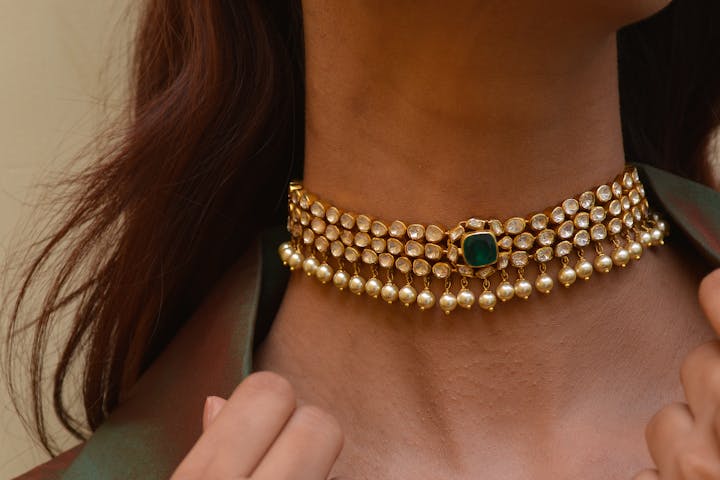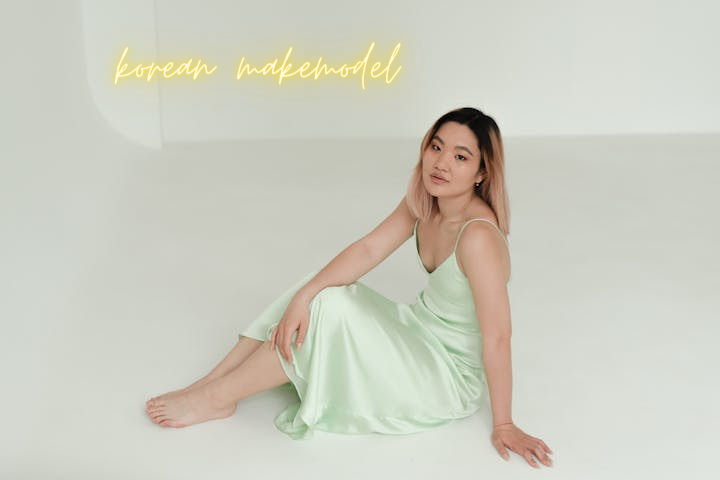Hawaiian Necklace
The Hawaiian necklace, or lei, is not just a piece of jewellery however a image of love, lifestyle, and tradition. It represents a tangible manifestation of aloha, carrying with it the spirit of the islands and the affection of its humans. The art of crafting a conventional Hawaiian necklace is steeped in history, method, and a profound connection to nature. Through this exploration, we delve into the cultural importance of the lei, the form of materials used in its introduction, the complex artistry in the back of its creation, and the way this traditional craft continues to evolve inside the present day world.
The Foundation of a Lei: Understanding Its Cultural Significance
The lei transcends its role as an insignificant adornment, embodying a profound image of the Hawaiian ethos. In Hawaiian subculture, those necklaces are interwoven with meanings of love, admire, and hospitality. Historically, leis have served a couple of purposes: they were services to deities, markers of social fame amongst chiefs and commoners, and tokens of achievements and milestones. This multifaceted accessory encapsulates the essence of aloha, forging a bridge between people and staining substantial transitions in life. Its fee goes beyond aesthetics; it serves as a medium that widely communicates the bond between humans and nature, echoing the honor for the surroundings that is a cornerstone of Hawaiian culture. The act of giving and receiving a lei is deeply ceremonial, rooted in practices that honor each the giver and the recipient, thereby reinforcing communal ties and the shared reverence for the herbal international.
The Floral Majesty: Common Flowers Used in Leis
In the world of lei-making, the selection of plant life is each an artwork and a reflection of the natural splendor of Hawaii. Plumeria stands proud for its intoxicating fragrance and vibrant palette, encapsulating the essence of positivity and welcoming new chapters. The sensitive pikake, or jasmine, is synonymous with love and romance, making it a desired choice for leis that grace weddings and expressions of love. Orchids, in their stunning array of colours, are symbols of affection and luxury, flexible enough to decorate leis for numerous occasions.
The maile, a local Hawaiian vine, weaves the scent of the wooded area into its greenery, symbolizing peace, friendship, and respect. Each flower decided on for a lei includes with it a deep symbolic that means, contributing to the lei’s usual message and aesthetic. The preference of blooms is a considerate method, reflecting no longer simplest the lei maker’s rationale however additionally the wealthy botanical variety of the islands. This intricate selection technique guarantees that each lei is not handiest a visible dinner party but a aromatic embodiment of the feelings and values it is supposed to convey.
The Diversity Beyond Flowers: Other Materials Used
While plant life are frequently the celebs of the lei, a extensive array of different herbal factors performs important roles in traditional Hawaiian necklace introduction. Among these are the coveted Ni’ihau shells, that are celebrated for their sensitive colors and the meticulous craftsmanship required to fashion them into leis. Additionally, seeds, nuts, and berries, together with the respected kukui nuts and vibrant ʻōhiʻa lehua berries, introduce an earthy richness, symbolizing sturdiness and the perpetual nature of lifestyles. Feathers, once solely embellished by means of the ali’i or royalty because of their shortage and the non secular strength they encapsulate, keep to grace sure leis, adding a hint of regal elegance.
These opportunity materials now not best diversify the textures and appearances of leis however additionally deepen the connection to Hawaii’s natural splendor and cultural background. Each thing, whether or not from the land or the sea, contributes its unique narrative and importance to the lei, similarly enriching this cherished way of life. Through the thoughtful integration of such numerous substances, lei-makers weave collectively memories of the islands, celebrating the harmony among humanity and the natural international.
The Technique and Artistry Behind Lei-Making
The craft of lei-making demands a unique combo of inventive imaginative and prescient and meticulous technique, showcasing a maker’s determination and connection to cultural heritage. Among the diverse techniques, creators broadly use the kui approach for its simplicity and beauty to thread flowers or leaves together in a seamless strand that highlights the natural splendor of the materials. The haku technique, well known for its intricacy, involves weaving flora and plant life into a braided base to often create beautiful headpieces that convey a deeper symbolism.
The wili technique provides depth and texture to leis through wrapping substances round a core, offering a higher and dimensional appearance. These traditional practices are not merely methods of assembling leis; they may be expressions of affection, respect, and connectivity to the natural global, exceeded down via generations. As lei makers keep to intertwine those time-venerated techniques with their personal creativity, they make sure that every lei is not handiest a work of artwork however also a private narrative, imbued with the spirit and culture of Hawaii.
The Modern Evolution of Lei-Making and Its Future
Lei-making has seamlessly woven traditional practices with present day affects, reflecting Hawaii’s developing multicultural identity. This craft has embraced improvements, incorporating non-native plant life and artificial substances, which cater to a broader target audience whilst difficult purists to reconsider definitions of authenticity. Educational projects like workshops and on line tutorials have democratized the skill, inviting humans from all walks of existence to partake in this cherished subculture.
This fashion closer to inclusivity and studying has not only revitalized interest in lei-making but has also served as a bridge connecting specific cultures. Furthermore, with a renewed emphasis on sustainability, there’s a aware attempt to source substances responsibly, making sure that lei-making keeps to honor its environmental connections. The trajectory of lei-making alerts a colourful destiny wherein way of life coexists with innovation, perpetuating the lei’s legacy as a image of unity and party in Hawaiian subculture. As it evolves, the lei stays a testament to the long-lasting attraction and relevance of Hawaii’s artisanal historical past in a modern-day context.




